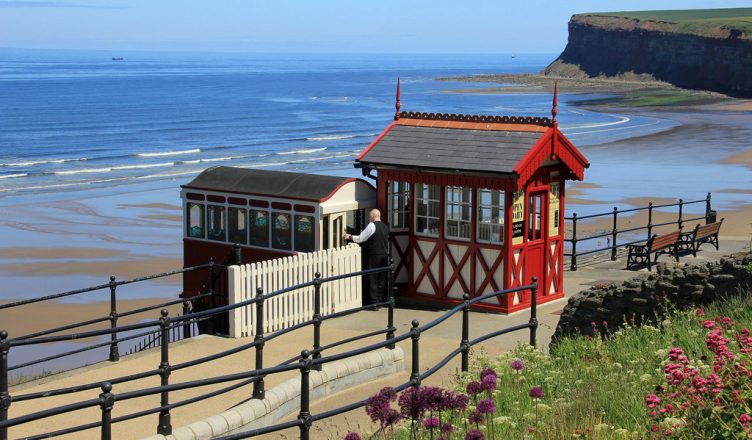Energy efficiency is a prime concern in today’s world. Highly advanced systems and technologies are being used to decrease power consumption of machines and increase their outputs. Appropriate and well-distributed utilization of input power across the system is something that makes it exceptionally efficient.
Here are several factors to consider for saving energy in hydraulic pumping systems:
- Pump type
- Size and capacity of the pump
- Pressure control mechanism
- Control valves
- Variable speed mechanism
- Frequency of maintenance
- Parallel pump usage
Check your pump type
For the application and usage of different apparatus that help achieve the objective, key factors include size, speed, power consumption, desired output, etc. Consequently, that leads to the selection of the pump type. An average pump has the efficiency of less than 40 percent. Estimation is always oversized due to the factor safety phenomenon. Hence, the planning phase plays a crucial role in the selection of pump type.
What’s the size and capacity of the pump?
The size of the pump is a major factor that makes a huge impact on energy consumption. While selecting the pump size, the factor of safety comes into picture. It is very important to understand the value and impact strength of factors of safety, as too much or unnecessary usage will lead to the selection of an oversized pump, resulting in increased energy consumption.
Understanding the pressure control mechanism
Pipe size makes a great impact on pressure control of the hydraulic pumping system. Not only pipe size, but the pipe’s placing angle, pipe material, insulation, and all other factors affect the pressure control mechanism. That makes an impact on capacity and results in affecting energy consumption.
Control valves
Control valves are typically used as the pressure-and-flow control mechanism to control the fluid pressure and flow of the fluid in pipe. Accurate and appropriate usage of control valves help in saving a lot of energy.
Variable speed mechanism
Variable speed is key to controlling the power consumption. Pump motors are of two types – non-variable and variable speed types. Non-variable ones, although traditional, have been important due to high performance with high consumption of energy, but wherever there is continuous usage of the hydraulic pump, it is advisable to choose variable ones over non-variable ones. Rotational speed is adjusted as per the output required for the pressure generation and thereafter it runs at continuous adjusted speed with minimum possible consumption of energy.
Frequency of maintenance
Well-maintained pumps are always more efficient. Hence, to maintain the effectiveness of the hydraulic pump, it should be serviced properly as per the guidelines and standards for maximum efficiency. Maintenance processes can be classified as preventive and predictive. Preventive maintenance comprises routine checkups like lubrication, cleaning of parts, etc. Predictive maintenance process is the process to detect parameters which may have a directly adverse effect on efficiency and ultimately, power consumption. This helps in avoiding sudden breakdowns.
Parallel pump usage
When multiple pumps are used, the part load efficiency or load sharing theory comes into play. Major application of such arrangement is where continuous usage is required.
All said, the best and simplest way of saving energy consumed by hydraulic pumps is eliminating unnecessary usage. Whenever there is no necessity to run the hydraulic pump, shutting it down is the best way to save the energy consumption. This can be easily achieved with a data-driven sensor connected to various feeds such as power meter, fluid transfer requirements, etc.

